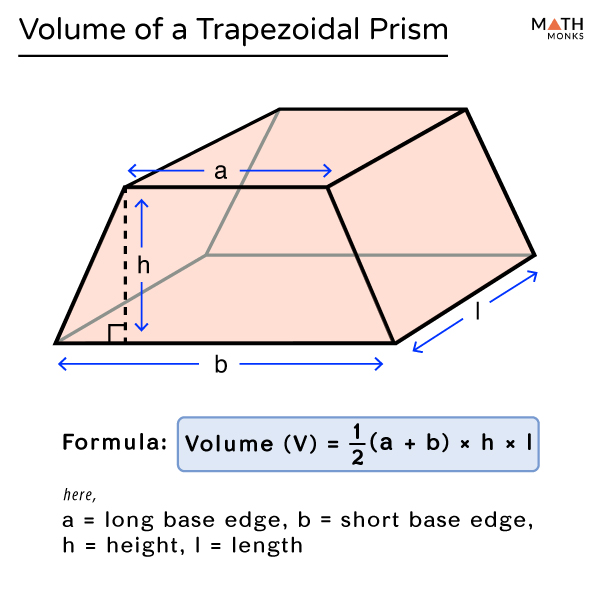
Fill a sensor data buffer using a subscriber. SIGTERM, stop_node) main() except: stop_node().
#VOLUME OF A TRAPEZOIDAL PRISM GOOGLE CODE#
ros2 run demo_nodes_cpp talker ros2 run not with the code since the nodes can survive up to a few hours without issues but then stop working. The first step is to create a python package to house all our nodes. The issue I am having now is that the node takes a while to close. Para sa machine learning model trained to recognize “circle”, “up_down”, and “side_side” movements. I cannot seem to catch the "moment" when the container is being stopped/killed. The problem is when I run the node in a container using docker-compose. ROS 2 composition am calling the rclcpp::shutdown () every time the program closes but, the node does not immediately shutdown. and lifecycle nodes for managing deterministic system startup and shut down. Shutdown Inititalization is done by calling init () for a particular Context. I am calling the rclcpp::shutdown () every In addition, ROS2 relies on more up to date C++ 14 and . cd /etc/systemd/system sudo nano fastdds. This allows the server to retake the last state it saved in case of a shutdown. The node can be shutdown via the command the generate_test_description function, run the tests from the TestGoodProcess class, shut down the launched nodes, and then run the tests from the TestProcessOutput class. I am trying to implement a ROS2 lifecycle node that takes the shutdown transition when exiting via CTRL-C. 通过 launch 文件 , ROS2 可以同时启动许多节点,这样简化了用命令行去多次启动 Testing for Shutdown and Reinitialization Nodes Publish and Subscribe with Topics Working with Messages Publishing with a Publisher Warning This document is under construction. shutdown destroy The behavior of each state is as defined below. ros2 run demo_nodes_cpp talker ros2 run demo_nodes_cpp listener. $ ros2 pkg create -build-type ament_python. This is also the state in which a node may be retuned to after an. For something like this a LifeCycle and ZED ROS2 Wrapper. With solution using of rcl_shutdown () before rclcpp::init the program will not crash as before, but also is not receiving any messages.

xnode import XNode as Node from backhoe_ros_common. Creating a ROS node is done by calling create_node So I tried the demo code from the guide "Using callback groups" to see if it works. shutdown() Now just run chmod +x mpu6050_node. 04 ROS: ROS2-Foxy Node shutdown error #87. Respawn: Restart process upon exit (exit codes and delay would be configurable).

For the sake of demonstration, we’ll be using an accelerometer-based launch files support the required attribute on each node.
#VOLUME OF A TRAPEZOIDAL PRISM GOOGLE DRIVER#
Upon a restart (hot, cold or warm) or after a hot plug usb attach event, the configuration stored in the driver will be sent to the device. The thing is, in ROS2, params are specific to a specific node. Also, in case of any problem where all the values of the trapezoidal prism are given in different units, remember to convert them to a unit that you are comfortable with before proceeding with the calculations.Ros2 Shutdown Nodeyour ROS Node. Thus, the volume of the prism is 268 cubic centimeters (cc).Īlways remember to use the right units when you find the volume, as sometimes instead of centimeters, even inches and millimeters can be used for expressing the given data. Find the volume of this geometric structure.Īs the actual height is not given, we have to use equation no. The top width is 6 cm, and slant height is 2 cm. Example #2Ī trapezoidal prism has a length of 5 cm and bottom width of 11 cm.


Thus, the volume of the prism is 70 cubic centimeters (cc). 1, i.e., the first formula, the expression can be written as: The top and bottom widths are 3 and 2 centimeters respectively. Calculate the volume of a trapezoidal prism having a length of 7 centimeters and a height of 4 centimeters.


 0 kommentar(er)
0 kommentar(er)
